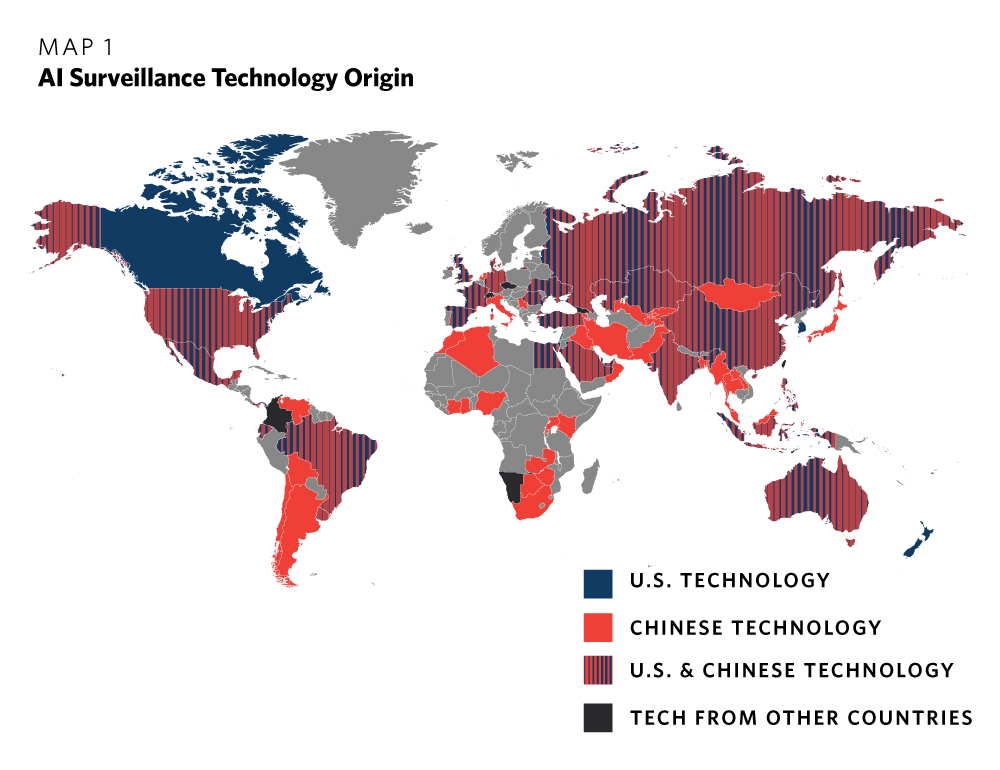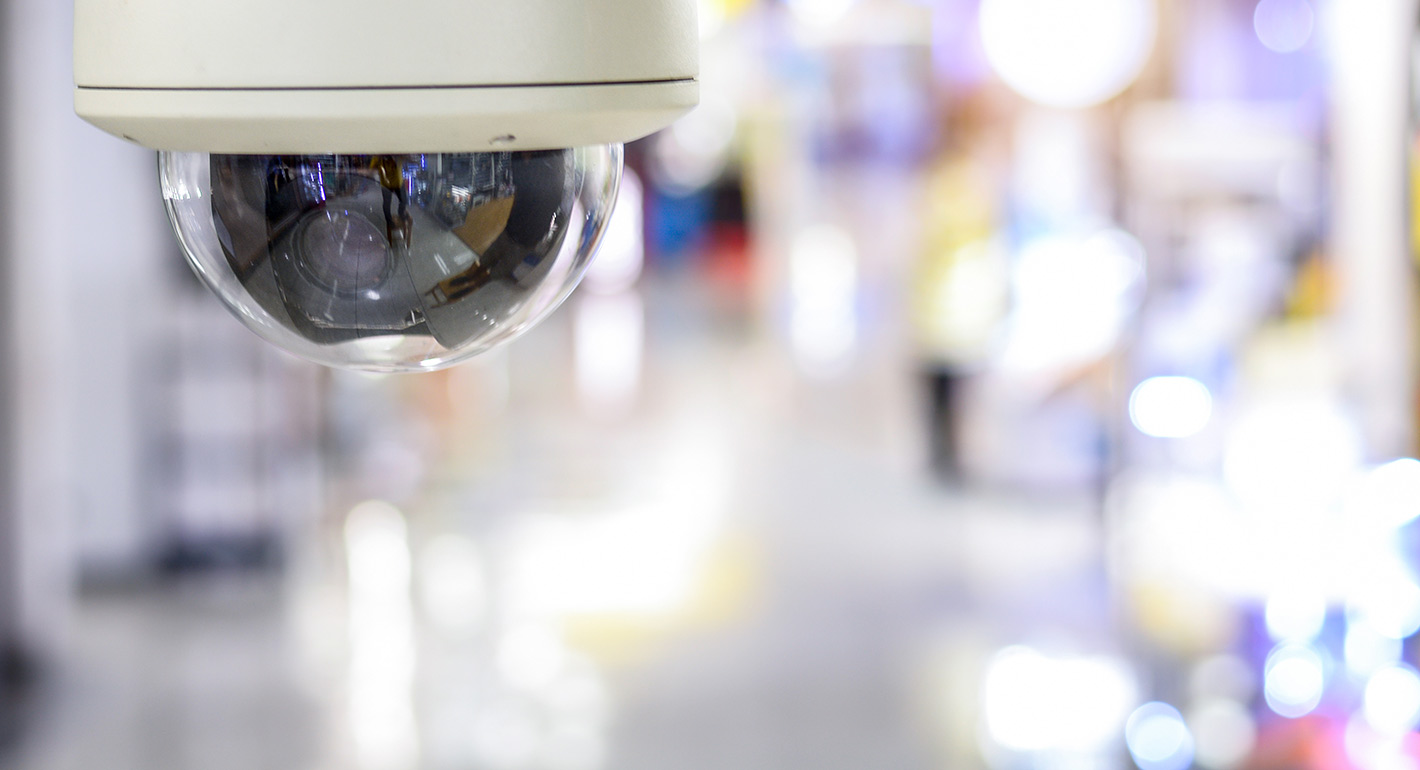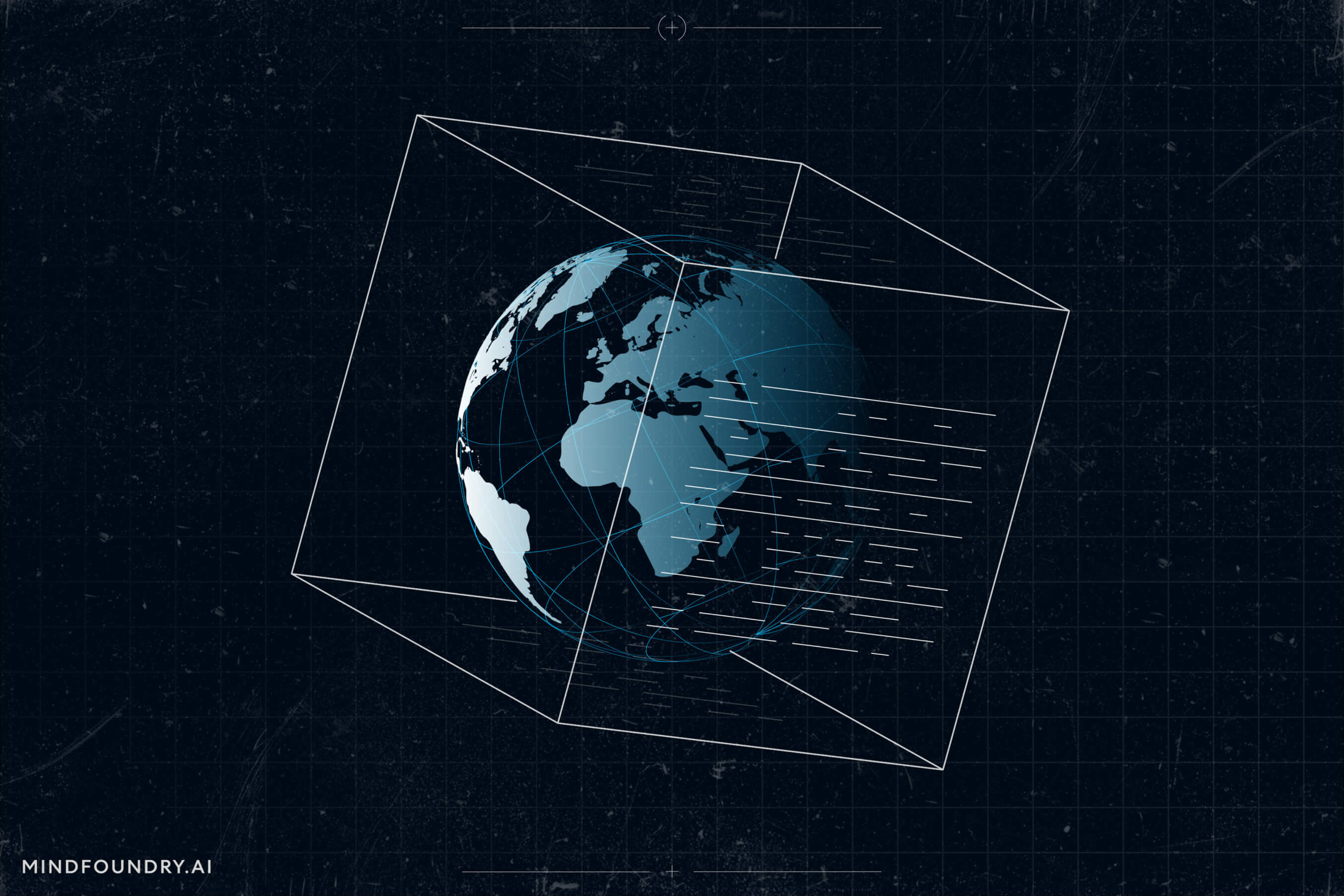
The Future of AI Surveillance: Balancing Innovation and Privacy
In an age where technology continues to evolve at a breakneck pace, Artificial Intelligence (AI) has emerged as a pivotal tool in enhancing security measures across various sectors. From predicting criminal activity to monitoring public spaces, AI’s integration into surveillance systems presents a unique blend of advantages and ethical dilemmas.
AI in Public Safety
Law enforcement agencies are increasingly turning to AI-powered surveillance systems. These technologies can analyze vast amounts of data to identify suspicious behavior patterns. According to some reports, these systems have led to a significant reduction in crime rates in numerous urban areas. However, the question persists: at what cost? The improvements in public safety may come alongside potential invasions of privacy.

AI technology transforms the landscape of public safety.
The Privacy Paradox
As surveillance technologies become more advanced, the line between safety and privacy continues to blur. Critics argue that constant monitoring can lead to a society where individuals feel they are always being watched. Civil liberties organizations have raised alarms over the possible misuse of such technologies, advocating for stronger regulations that ensure citizens’ rights are protected. Indeed, balancing the benefits of AI in keeping communities safe while respecting individual privacy rights is a complex challenge.
Global Perspectives on AI Surveillance
Different countries are approaching AI surveillance differently. In some regions, proactive measures are being taken to implement AI technologies responsibly. For example, the European Union has begun drafting guidelines aimed at creating a framework for ethical AI use, emphasizing transparency and accountability. Conversely, in countries with fewer regulations, there are concerns about the implications of unchecked surveillance capabilities.

International efforts are underway to create effective regulations for AI technologies.
Innovations and Ethical Considerations
The innovations resulting from AI can create more efficient and effective security measures. Automated facial recognition technology is among the most notable advancements. However, its deployment raises serious ethical concerns. Studies suggest that these systems often exhibit biases, particularly against minority groups. The reliance on such flawed systems could exacerbate existing social inequalities. Advocates for ethical AI argue for rigorous standards that ensure these technologies are tested for fairness and reliability before being rolled out.
“There is a pressing need for transparency in how AI systems operate and the decisions they make. Without accountability, it’s impossible to foster trust between technology and society.”
The Road Ahead: Finding Common Ground
As discussions surrounding AI surveillance continue, it is vital for stakeholders—government officials, technologists, and civil rights advocates—to come to the table. Only by working together can a framework emerge that prioritizes public safety while safeguarding individual privacy. Educating the public about how AI surveillance works and its implications is essential for fostering informed dialogue on the subject.

Collaborative discussions are crucial to define the future of AI surveillance.
Conclusion
The future of AI surveillance is uncertain, with rapid advancements continuously reshaping the narrative. Ensuring that technology serves the public good while maintaining respect for individual rights remains an ongoing challenge. As society grapples with these complex issues, the importance of dialogue and responsible innovation cannot be overstated. The road to a balanced approach requires vigilance, ethical consideration, and collective action.
In navigating this terrain, it’s not just about leveraging technology; it’s about forging a future where safety and privacy coexist harmoniously.
This article aims to shed light on the multidimensional aspects of AI surveillance systems and their implications for society. Stay informed as we continue to explore the evolving intersection of technology and ethics.















